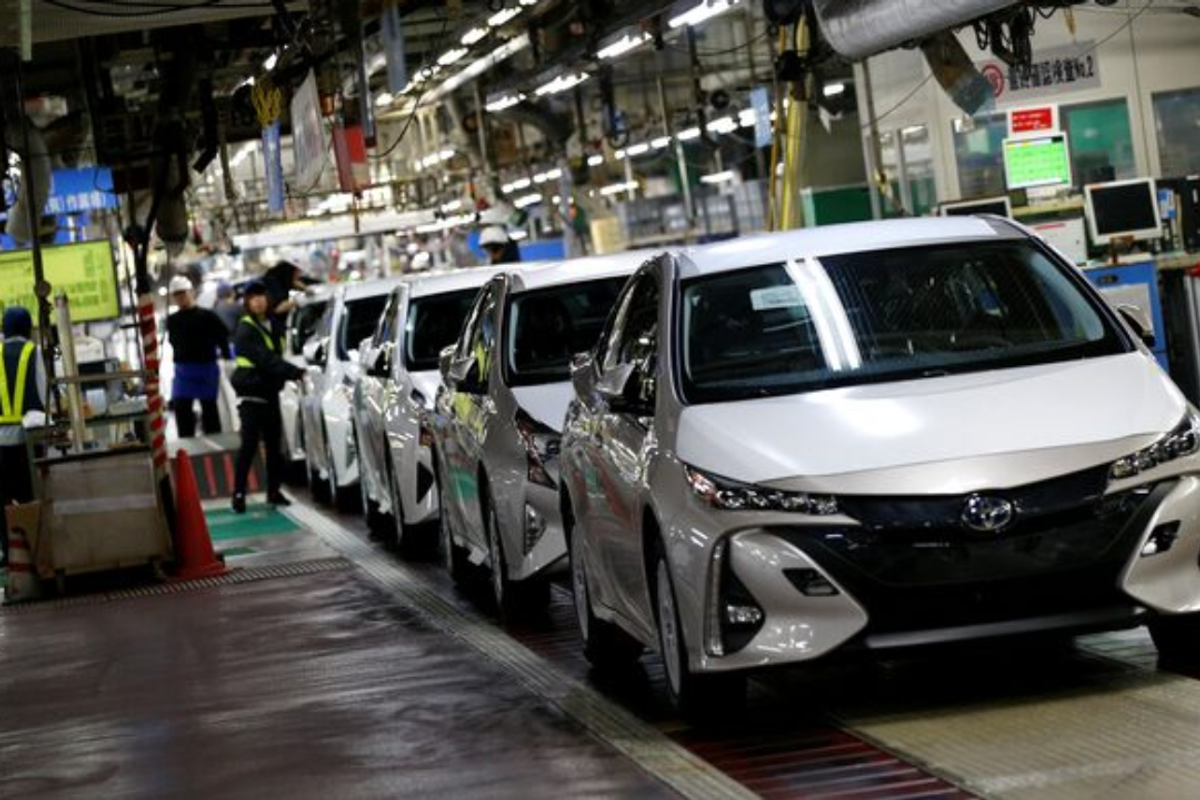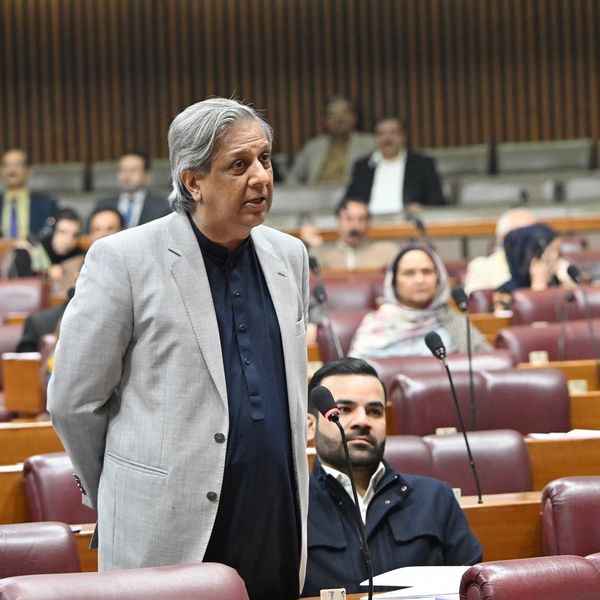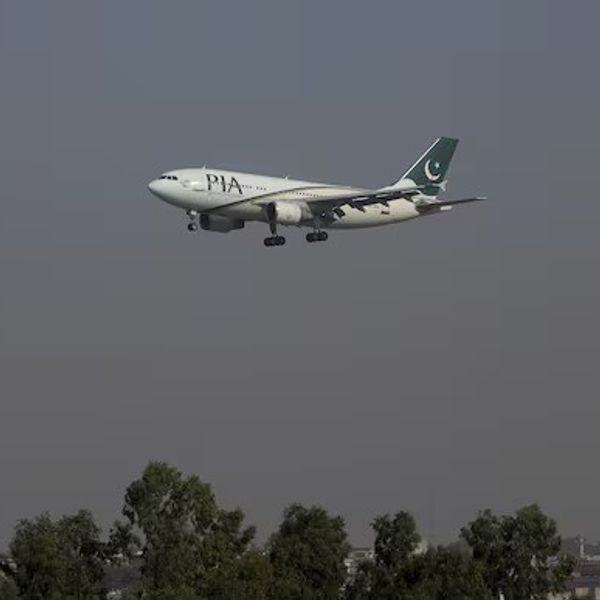Pakistan automaker warns against duty cuts on imported cars
Indus Motors, one of country’s largest auto manufacturers, says glut of imported vehicles will weaken supply chain, increase unemployment
Business Desk
The Business Desk tracks economic trends, market movements, and business developments, offering analysis of both local and global financial news.

Toyota cars are seen on the assembly line at a plant in Toyota, Japan.
Reuters
Pakistan’s new tariff policy aimed at reducing duties to ease car import could disrupt the country’s auto industry and hurt local manufacturers, one of the country’s largest automobile companies has warned.
The National Tariff Policy (2025-30) — announced in the federal budget in June — targets tariff rationalization and trade liberalization in line with global practices. Under the new policy, tariff slabs will be reduced from five to four — 0%, 5%, 10%, and 15% — and the average tariff rate lowered from 19% to approximately 9.5% by FY2030.
According to an analysis by research group Pakistan Institute of Development Economics (PIDE), under the policy, tariffs on Completely Built Units (CBUs) will be reduced from 20% to 15% over five years, while used-vehicle tariffs will start with a 40% surcharge above new vehicle rates in FY26, decreasing annually by 10% and ending at parity by 2030.
However, Indus Motor has warned that eliminating duties and easing used car imports risk disrupting Pakistan’s auto industry, weakening supply chains, threatening jobs and economic stability in the near to medium term.
The Annual Report for 2024-25 posted on Indus Motor's website said the import of used vehicles remained elevated in FY25, with industry estimates placing volumes at 40,000 to 45,000 units — equivalent to roughly 30% of the total sales reported by local automobile manufacturers and assemblers.
This share is “significantly higher” than pre-2022 levels, when used imports accounted for less than 10% of local sales, the report said.
According to Indus Motors, multiple global car brands entered Pakistan and set up new manufacturing and assembly operations after the Automotive Industry Development Policy (AIDP) 2016-21.
The new policy contributed to industrial growth, technology transfer, and job creation, and took the combined installed production capacity of the domestic industry to around 500,000 units annually.
However, currently, over 60% of installed capacity sits idle due to suppressed local demand.
“In this environment, the continued influx of used vehicles not only adds to the import bill but also constrains the utilization of domestic capacity, suppresses employment potential, and undermines investor confidence in Pakistan’s long-term automotive prospects,” the company said in its annual report.
It added that for the industry to achieve scale, attract further investment, and preserve jobs, a “balanced and transparent import policy” is essential — one that allows fair competition while safeguarding the sustainability of local manufacturing.
The company said that in order to unlock the sector’s long-term potential, it is vital to address structural challenges such as underutilized capacity, supply chain vulnerabilities, higher taxation, and high operating costs.
Company’s performance
Indus Motor Company’s sales surged by 56% in the fiscal year 2024-2025, with the company selling 33,757 units, up from 21,603 units sold in the previous year.
The overall sale of automobiles experienced a rebound in FY25 as interest rates were reduced from a record-high of 22% to 11% spurring auto financing, according to data released by the association of local automobile manufacturers.
Indus Motors said the passenger car segment grew by 84%, driven by the “successful launch of the Yaris facelift in July 2024” while the commercial vehicle segment also posted a 32% increase.
“We expect growth to extend into FY 2025-26, supported by further policy rate reductions, favorable base effects, and expanding hybrid and electric vehicle adoption,” the company said in its annual report.










Comments
See what people are discussing